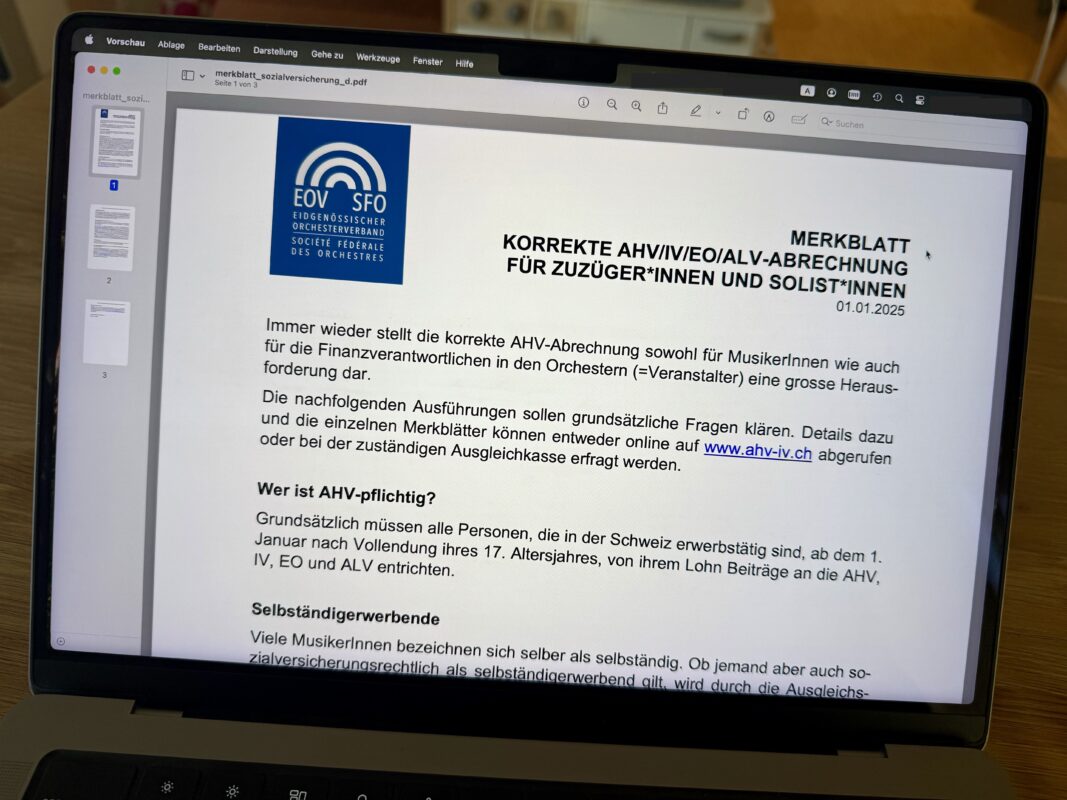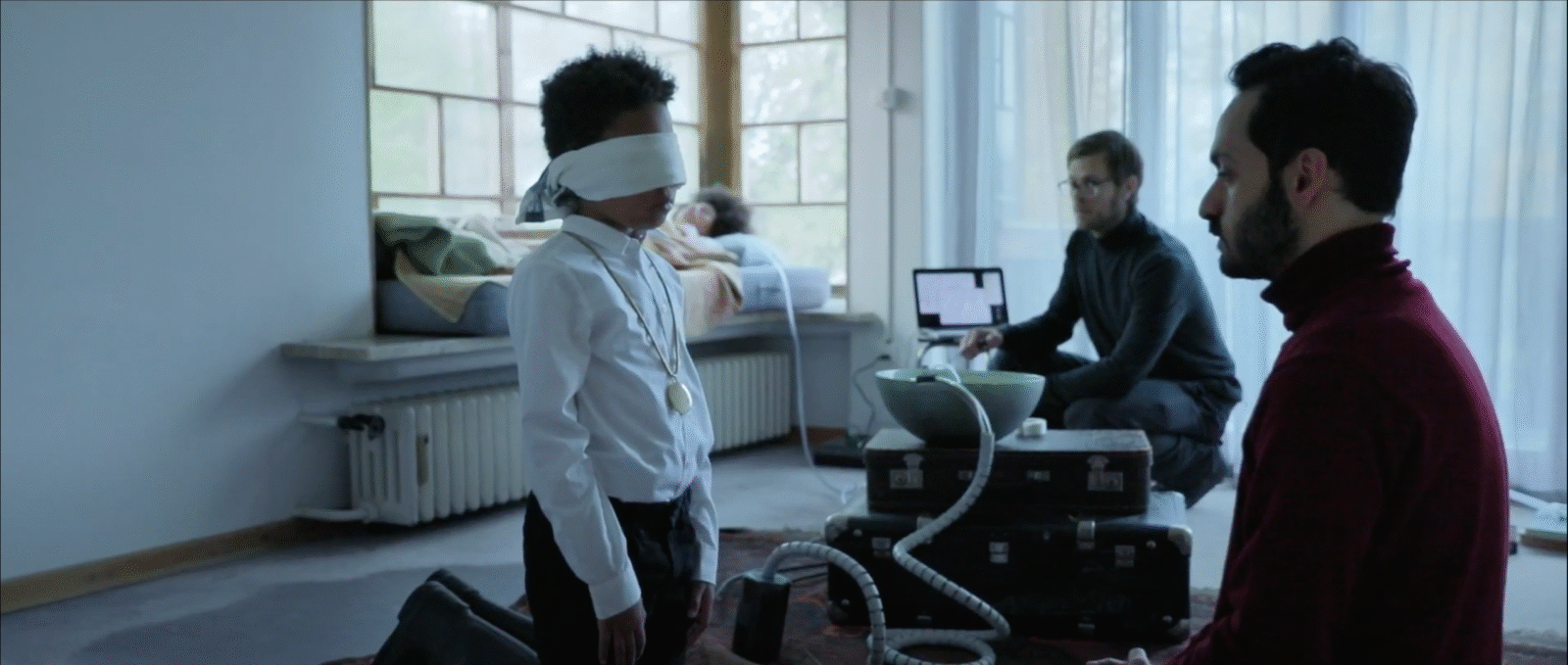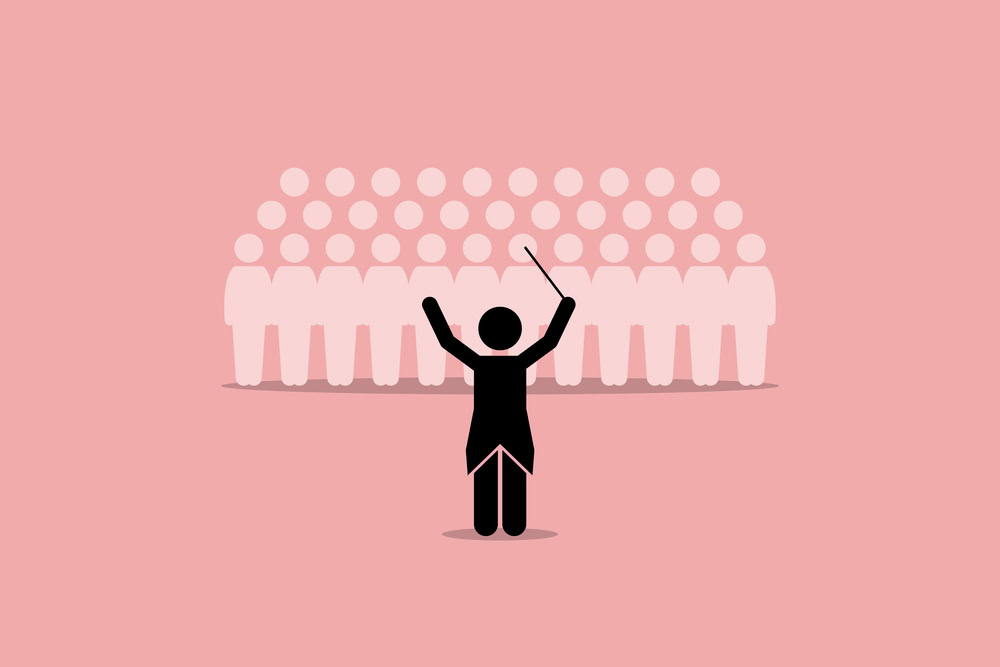From electroacoustic music to sound arts
Electroacoustic music in higher education in Switzerland.
The 1950s continued with a prominent conference on electronic and concrete music in Basel, followed by the IGNM World Music Festival in Zurich on the same topic. Herrmann Scherchen's experimental studio in Gravesano, Ticino, caused an international sensation with the magazine "Gravesaner Blätter" and a UNESCO conference on electronic music. The jazz musician and Swiss pioneer of electronic music, Bruno Spoerri, was already active at the time, experimenting with early electronic instruments and soon also with the first computers. He founded the independent "Schweizer Gesellschaft für Computermusik" (Swiss Society for Computer Music) in 1985, even before the Swiss music academies, which were undergoing radical change, discovered the field for themselves.
Two years later, with the founding of the Electronic Studio at the Basel Music Academy under the direction of Swiss composer Thomas Kessler, the first course of study was established under the umbrella of a music academy. Now it was possible to study electroacoustic music with tape machines, synthesizers and professional studio technology in Switzerland.
In view of the technological and aesthetic popularization of electronic arts, all Swiss music academies founded corresponding courses of study with different orientations at the end of the 1990s. What they all have in common is the opening up of the previously rather academic electro-acoustic music in various directions. The Fluxus movement and video art were increasingly seen as precursors to the electronic arts, as were sound arts, performance arts and media art, and the international scene paved the way for this development: Visual artists such as Bill Fontana were able to work "sculpturally" with the new technological materiality of sound for the first time, while architects such as Bernhard Leitner experimented with spaces made of sound. Artists such as Alvin Lucier, Max Neuhaus, Nam June Paik, Christina Kubisch and Laurie Anderson found new approaches to sound via public space, sculpture or performance. These phenomena move away from traditional compositional strategies or electroacoustic arts such as tape compositions, computer music or algorithmic composition.
"Audio Design" is the name of the course at the electronic studio of the University of Applied Sciences and Arts Northwestern Switzerland in Basel. At Switzerland's first university of the arts, founded in Bern in 2002, this course was initially called "Music and Media Art"; it was renamed "Sound Arts" in 2018. In 2005, the "Swiss Society for Computer Music" is merged into the "Institute for Computer Music and Sound Technology" (ICST), which becomes part of the Zurich University of the Arts, founded in 2007.
What they all have in common is that topics such as film scoring, sound installations, field recordings, scenography, game sound and hardware hacking as well as electronic aural training, live electronics, various programming languages and experimental approaches in pop and club music have a firm place in the curricula. It is therefore not surprising that transdisciplinarity will become the defining field of discourse at all universities for many years to come. How can the various arts - also in terms of their universal representation in digital media - be opened up and linked in a meaningful way?
As a result, a historically established canon of themes, technologies and aesthetics is increasingly and radically called into question. In view of the universal availability of digital hardware and software, the significance and training of traditional music theory, music history and aural training must be questioned.
Finally, the development of generative AIs and their increasing possibilities in terms of composition, sound design and simulations present new challenges. This puts us in a similar situation to the 1950s, when the new possibilities of electronics at the time required fundamental changes to be made. However, the Swiss music academies are now in a much better starting position. I hope they take up the challenge.








